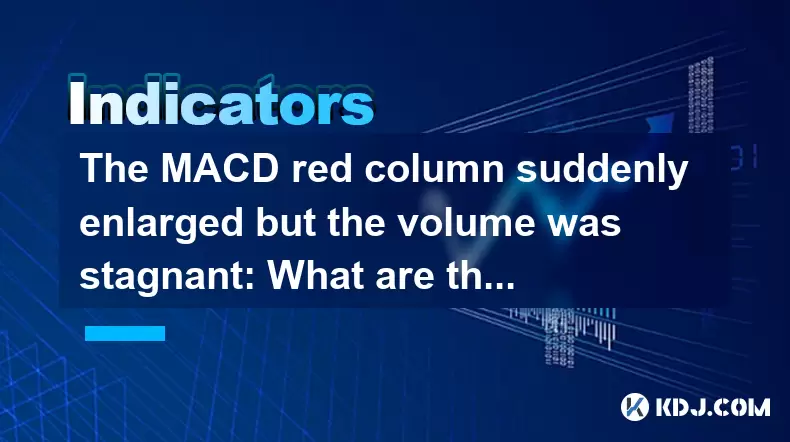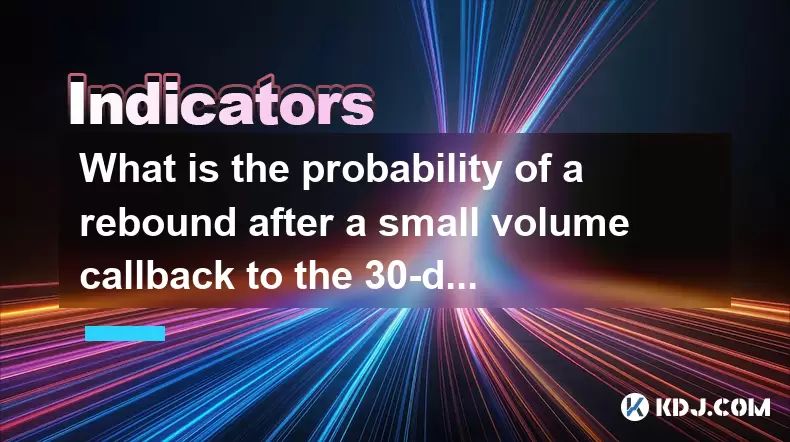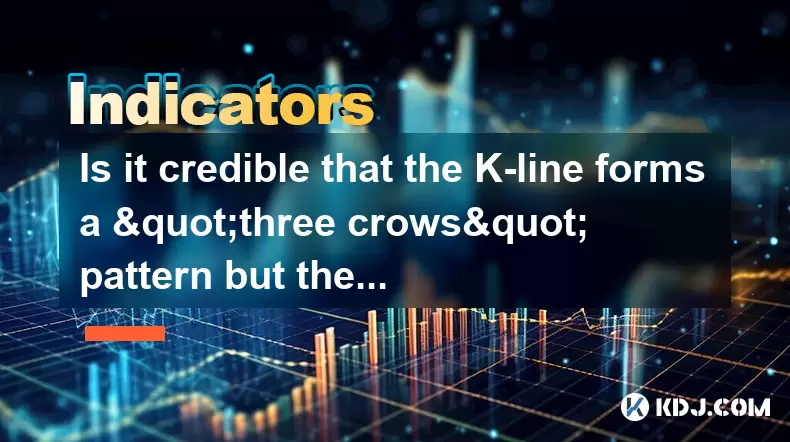-
 Bitcoin
Bitcoin $103,842.5974
4.65% -
 Ethereum
Ethereum $2,346.7738
7.55% -
 Tether USDt
Tether USDt $1.0013
0.10% -
 XRP
XRP $2.0840
5.80% -
 BNB
BNB $633.5922
4.28% -
 Solana
Solana $141.1891
9.27% -
 USDC
USDC $1.0001
-0.02% -
 TRON
TRON $0.2734
4.65% -
 Dogecoin
Dogecoin $0.1590
7.75% -
 Cardano
Cardano $0.5644
6.98% -
 Hyperliquid
Hyperliquid $37.6225
8.44% -
 Sui
Sui $2.7081
14.09% -
 Bitcoin Cash
Bitcoin Cash $456.2785
2.47% -
 Chainlink
Chainlink $12.4549
10.31% -
 UNUS SED LEO
UNUS SED LEO $9.0731
0.76% -
 Stellar
Stellar $0.2387
6.79% -
 Avalanche
Avalanche $17.6394
10.16% -
 Toncoin
Toncoin $2.8777
8.04% -
 Shiba Inu
Shiba Inu $0.0...01129
9.39% -
 Litecoin
Litecoin $83.7459
6.86% -
 Hedera
Hedera $0.1459
12.76% -
 Monero
Monero $305.7585
5.03% -
 Ethena USDe
Ethena USDe $1.0005
0.01% -
 Dai
Dai $1.0001
0.03% -
 Polkadot
Polkadot $3.3315
7.62% -
 Bitget Token
Bitget Token $4.0943
2.96% -
 Uniswap
Uniswap $6.7208
9.94% -
 Pepe
Pepe $0.0...09528
10.34% -
 Pi
Pi $0.5236
6.72% -
 Aave
Aave $249.2398
13.69%
The MACD red column suddenly enlarged but the volume was stagnant: What are the common forms when the main force is shipping?
When the MACD red column suddenly enlarges but volume remains stagnant, it may indicate main force shipping tactics like quiet distribution or painting the tape.
May 23, 2025 at 12:50 am

When analyzing the MACD indicator alongside trading volume, it's important to understand the potential signals and what they might mean for market movements, particularly when it comes to the actions of the main force or "smart money." In this scenario, where the MACD red column suddenly enlarges but the volume remains stagnant, it may suggest that the main force is engaging in certain strategies to manipulate the market, particularly in the context of shipping or distributing their holdings.
Understanding the MACD and Volume Relationship
The MACD, or Moving Average Convergence Divergence, is a trend-following momentum indicator that shows the relationship between two moving averages of a security’s price. The MACD is calculated by subtracting the 26-period Exponential Moving Average (EMA) from the 12-period EMA. The result of that calculation is the MACD line. A nine-day EMA of the MACD called the "signal line," is then plotted on top of the MACD line, which can function as a trigger for buy and sell signals.
Volume, on the other hand, represents the total number of shares or contracts traded within a specified timeframe. In the context of cryptocurrency, it's the number of coins traded. Volume is a key indicator of the strength of a price move. High volume often confirms the legitimacy of a price movement, whereas low volume might indicate a lack of conviction behind the price action.
The Significance of the MACD Red Column Enlargement
When the MACD red column suddenly enlarges, it indicates that the momentum behind the price movement is increasing. Typically, this would be associated with a bullish trend where buyers are gaining control. However, when this occurs without a corresponding increase in volume, it raises questions about the sustainability and authenticity of the move.
Common Forms of Main Force Shipping When Volume is Stagnant
In the cryptocurrency market, the main force or "smart money" often uses various techniques to distribute their holdings without causing a significant drop in price. Here are some common forms of shipping when the MACD red column suddenly enlarges but the volume remains stagnant:
1. Quiet Distribution
One of the most subtle forms of shipping is quiet distribution. In this scenario, the main force slowly sells off their holdings over time without causing a noticeable increase in volume. They might use smaller, less conspicuous trades to offload their positions. The sudden enlargement of the MACD red column could be a result of the main force manipulating the price to attract more buyers, creating a false sense of bullish momentum.
2. Painting the Tape
Another technique is painting the tape, where the main force engages in wash trading or other forms of market manipulation to create the illusion of increased activity and interest. They might buy and sell the same asset among themselves to inflate the price and the MACD red column, without significantly impacting the volume. This can fool retail investors into believing there is genuine interest in the asset, prompting them to buy at higher prices.
3. Liquidity Provision
The main force might also use liquidity provision to their advantage. By placing large buy orders at higher prices, they can drive the price up and cause the MACD red column to enlarge. However, these orders are often not filled, and the volume remains low because the main force is not actually buying the asset. Instead, they are using these orders to create the appearance of demand, allowing them to sell their holdings to unsuspecting buyers at elevated prices.
4. Algorithmic Trading
Algorithmic trading can also play a role in this scenario. The main force might use algorithms to execute trades that create the appearance of bullish momentum. These algorithms can be programmed to buy and sell small amounts of the asset in a way that causes the MACD red column to enlarge without significantly impacting the volume. This can be done to mislead other market participants into thinking there is strong buying interest.
Identifying Signs of Main Force Shipping
To identify whether the main force is shipping their holdings, traders should look for several signs alongside the sudden enlargement of the MACD red column and stagnant volume:
- Price Divergence: If the price is making new highs but the volume is not increasing, it could be a sign of distribution.
- Order Book Analysis: Examining the order book can reveal if there are large buy orders at higher prices that are not being filled, which could indicate liquidity provision tactics.
- Candlestick Patterns: Certain candlestick patterns, such as doji or shooting stars at the top of a trend, might signal that the main force is preparing to sell.
- Market Sentiment: Monitoring market sentiment through social media, forums, and other platforms can provide insights into whether the bullish sentiment is genuine or artificially created.
Practical Steps to Analyze the Situation
For traders looking to analyze this situation in real-time, here are some practical steps to follow:
- Monitor the MACD and Volume: Keep a close eye on the MACD indicator and volume. If the red column suddenly enlarges but the volume remains stagnant, it's a potential red flag.
- Use Additional Indicators: Incorporate other technical indicators such as the Relative Strength Index (RSI) or Bollinger Bands to confirm or refute the signals provided by the MACD and volume.
- Check the Order Book: Access the order book on your trading platform to see if there are large unfilled buy orders at higher prices.
- Analyze Historical Data: Review historical data to see if similar patterns have occurred in the past and what the outcomes were.
- Stay Informed: Keep up with news and market sentiment to understand if there are any external factors influencing the price movement.
Frequently Asked Questions
Q1: Can the sudden enlargement of the MACD red column without volume increase be a false signal?
Yes, it can be a false signal. When the MACD red column suddenly enlarges without a corresponding increase in volume, it might indicate that the main force is manipulating the market to create a false sense of bullish momentum.
Q2: How can retail investors protect themselves from main force shipping tactics?
Retail investors can protect themselves by using a combination of technical analysis, monitoring volume, and staying informed about market sentiment. It's also important to use stop-loss orders and not to chase prices based solely on the MACD indicator.
Q3: Are there any specific cryptocurrencies where this phenomenon is more common?
This phenomenon can occur in any cryptocurrency, but it might be more common in smaller, less liquid cryptocurrencies where the main force can more easily manipulate the market.
Q4: What other indicators should be used alongside the MACD to confirm main force shipping?
Other indicators that can be used alongside the MACD to confirm main force shipping include the Relative Strength Index (RSI), Bollinger Bands, and volume-based indicators such as the On-Balance Volume (OBV). These can provide additional insights into the strength and authenticity of the price movement.
Disclaimer:info@kdj.com
The information provided is not trading advice. kdj.com does not assume any responsibility for any investments made based on the information provided in this article. Cryptocurrencies are highly volatile and it is highly recommended that you invest with caution after thorough research!
If you believe that the content used on this website infringes your copyright, please contact us immediately (info@kdj.com) and we will delete it promptly.
- Bitcoin Scaling Showdown: Lightning Network, Sztorc, and the Future of Payments
- 2025-06-24 04:25:12
- Cathie Wood, ARK Invest, and Circle Shares: A Wild Ride on the Stablecoin Wave
- 2025-06-24 04:25:12
- Ruvi AI: Blockchain Tech Meets Real-World Utility – The Next Big Thing?
- 2025-06-24 05:25:13
- US, Iran, Middle East: Navigating the Geopolitical Minefield
- 2025-06-24 05:05:12
- Democratic Senator, Crypto Ties, and Trump's Stablecoin Push: A New York Minute
- 2025-06-24 05:05:12
- Bitcoin Bonanza: ProCap Financial, Fundraising Frenzy, and the Future of Finance
- 2025-06-24 05:25:13
Related knowledge

What does the continuous rise of the ADX line of the DMI indicator in the downward trend indicate?
Jun 24,2025 at 05:00am
Understanding the DMI Indicator and Its ComponentsThe Directional Movement Index (DMI) is a technical analysis tool that helps traders identify the strength and direction of a trend. It consists of two primary components: the +DI (Positive Directional Indicator) and the -DI (Negative Directional Indicator). The ADX line, which stands for Average Directi...

What is the probability of a rebound after a small volume callback to the 30-day moving average to get support?
Jun 24,2025 at 05:08am
Understanding the 30-Day Moving Average in Cryptocurrency TradingIn cryptocurrency trading, the 30-day moving average (MA) is a widely used technical indicator that helps traders identify potential support and resistance levels. It calculates the average closing price of an asset over the last 30 days, smoothing out short-term volatility and providing a...

How to interpret that the time-sharing chart shows "volume and price rise together" but the MACD red column shortens?
Jun 24,2025 at 01:08am
Understanding the Concept of 'Volume and Price Rise Together'In cryptocurrency trading, when a time-sharing chart shows that both volume and price rise together, it is typically interpreted as a sign of strong buying pressure. This means more traders are entering long positions, pushing the price higher while increasing the trading volume. This phenomen...

Is it contradictory that the moving average system is arranged in a bullish pattern but the DMI shows a decline in trend strength?
Jun 23,2025 at 11:43pm
Understanding the Moving Average and DMI RelationshipIn cryptocurrency trading, technical analysis plays a crucial role in identifying potential trends and making informed decisions. Two of the most commonly used indicators are the Moving Average (MA) and the Directional Movement Index (DMI). While both tools aim to provide insight into market direction...

How to interpret that the Williams indicator quickly turns back in the overbought area but does not fall below the 50-axis?
Jun 24,2025 at 02:01am
Understanding the Williams %R Indicator in Cryptocurrency TradingThe Williams %R indicator, often referred to as Williams Percent Range, is a momentum oscillator used by traders to identify overbought or oversold conditions in financial markets, including cryptocurrency. It ranges from 0 to -100, where values above -20 are considered overbought and thos...

Is it credible that the K-line forms a "three crows" pattern but the trading volume decreases?
Jun 24,2025 at 05:56am
Understanding the 'Three Crows' Pattern in Cryptocurrency TradingThe three crows pattern is a well-known bearish reversal signal in technical analysis, often observed when an uptrend transitions into a potential downtrend. This formation consists of three consecutive long red (or bearish) candles with each opening within the body of the previous candle ...

What does the continuous rise of the ADX line of the DMI indicator in the downward trend indicate?
Jun 24,2025 at 05:00am
Understanding the DMI Indicator and Its ComponentsThe Directional Movement Index (DMI) is a technical analysis tool that helps traders identify the strength and direction of a trend. It consists of two primary components: the +DI (Positive Directional Indicator) and the -DI (Negative Directional Indicator). The ADX line, which stands for Average Directi...

What is the probability of a rebound after a small volume callback to the 30-day moving average to get support?
Jun 24,2025 at 05:08am
Understanding the 30-Day Moving Average in Cryptocurrency TradingIn cryptocurrency trading, the 30-day moving average (MA) is a widely used technical indicator that helps traders identify potential support and resistance levels. It calculates the average closing price of an asset over the last 30 days, smoothing out short-term volatility and providing a...

How to interpret that the time-sharing chart shows "volume and price rise together" but the MACD red column shortens?
Jun 24,2025 at 01:08am
Understanding the Concept of 'Volume and Price Rise Together'In cryptocurrency trading, when a time-sharing chart shows that both volume and price rise together, it is typically interpreted as a sign of strong buying pressure. This means more traders are entering long positions, pushing the price higher while increasing the trading volume. This phenomen...

Is it contradictory that the moving average system is arranged in a bullish pattern but the DMI shows a decline in trend strength?
Jun 23,2025 at 11:43pm
Understanding the Moving Average and DMI RelationshipIn cryptocurrency trading, technical analysis plays a crucial role in identifying potential trends and making informed decisions. Two of the most commonly used indicators are the Moving Average (MA) and the Directional Movement Index (DMI). While both tools aim to provide insight into market direction...

How to interpret that the Williams indicator quickly turns back in the overbought area but does not fall below the 50-axis?
Jun 24,2025 at 02:01am
Understanding the Williams %R Indicator in Cryptocurrency TradingThe Williams %R indicator, often referred to as Williams Percent Range, is a momentum oscillator used by traders to identify overbought or oversold conditions in financial markets, including cryptocurrency. It ranges from 0 to -100, where values above -20 are considered overbought and thos...

Is it credible that the K-line forms a "three crows" pattern but the trading volume decreases?
Jun 24,2025 at 05:56am
Understanding the 'Three Crows' Pattern in Cryptocurrency TradingThe three crows pattern is a well-known bearish reversal signal in technical analysis, often observed when an uptrend transitions into a potential downtrend. This formation consists of three consecutive long red (or bearish) candles with each opening within the body of the previous candle ...
See all articles
























































































